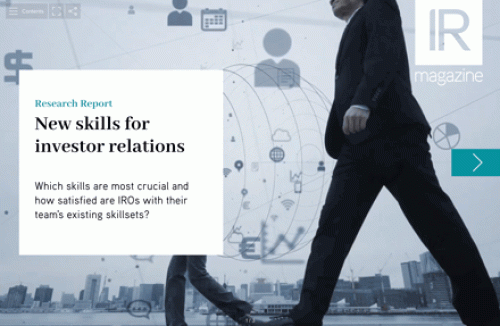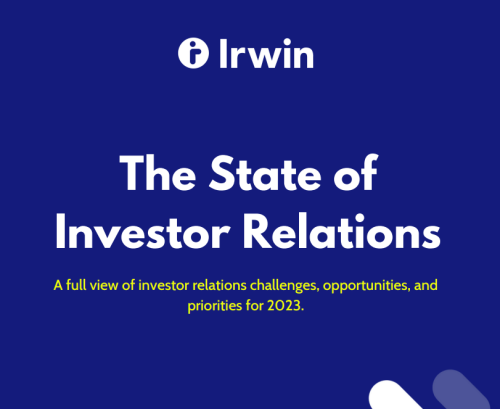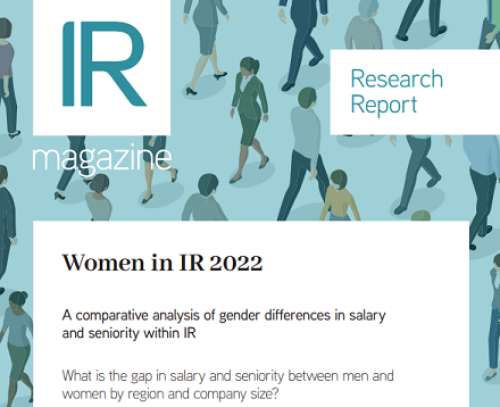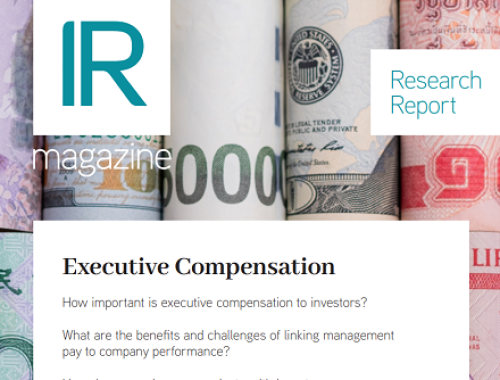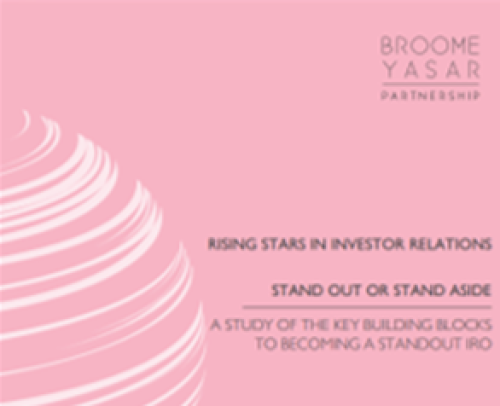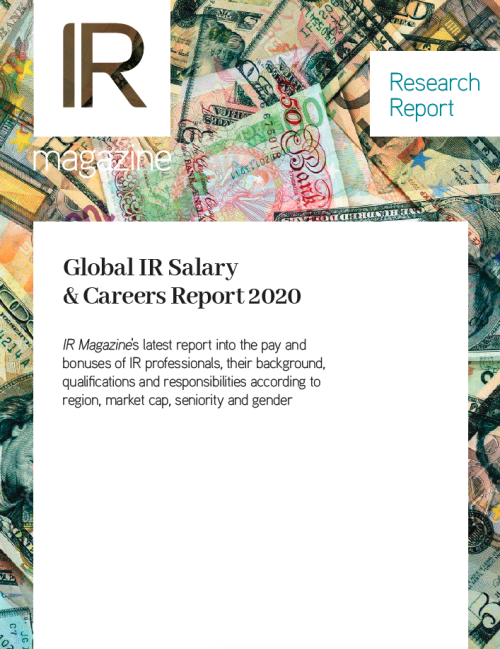IR teams in Australia and New Zealand boosted recruitment over the last year but continue to feel light on resources, according to new research.
The number of IR professionals who report hiring into their departments during 2019 stands at 38 percent, a rise from 29 percent in 2018, finds the study by the Australasian Investor Relations Association (AIRA).
The hiring boost has been accompanied by a rise in team size, suggests the research. The number of respondents who manage no team members has fallen from 51 percent in 2018 to 38 percent in 2019.
Meanwhile, the number of respondents managing between one and three people has risen from 42 percent to 53 percent, and the number managing four to six people has grown from 6 percent to 8 percent.
‘Since 2017 we have seen an increasing trend in the number of investor relations professionals managing larger teams of people,’ comments Ian Matheson, AIRA’s CEO, in a statement.
‘Changes in the way listed entities engage with the investment community as a result of structural change mean the investor relations function has stepped up to fill the void, leading to increased responsibility and larger teams.’
Despite the growth in team size and recruitment, respondents are still struggling to manage all the responsibilities placed on the IR function. When asked to name their biggest current challenge, the number one issue is ‘acquiring the resources, including time, to fulfil demand for IR services’.
After resource demands, the second-biggest challenge for IROs is ‘balancing the information and relationship needs of the company and the market within the regulatory environment’, followed by ‘cutting through the communication clutter in the marketplace with clear messages’.
Significant changes to the buy-side landscape – such as passive investment, ESG and Mifid II – are cited as the fourth-biggest challenge for IROs this year.
The survey, carried out annually, polled the views of 80 IR practitioners based at Australian and New Zealand companies.
Among other findings, it reveals that the median pay range for an IR professional, excluding any bonuses or long-term incentives, has risen this year to A$301,000-A$325,000 ($204,000-220,000), up from A$251,000-A$275,000 in 2018. IROs working in the industrials, financials and energy sectors receive the highest base salaries.
The number of respondents who want to change their job has fallen from 35 percent in 2018 to 24 percent in 2019, suggesting an increase in job satisfaction. When asked what their desired next role would be, IROs name a head of IR position or broader corporate role involving IR as the most popular options.

